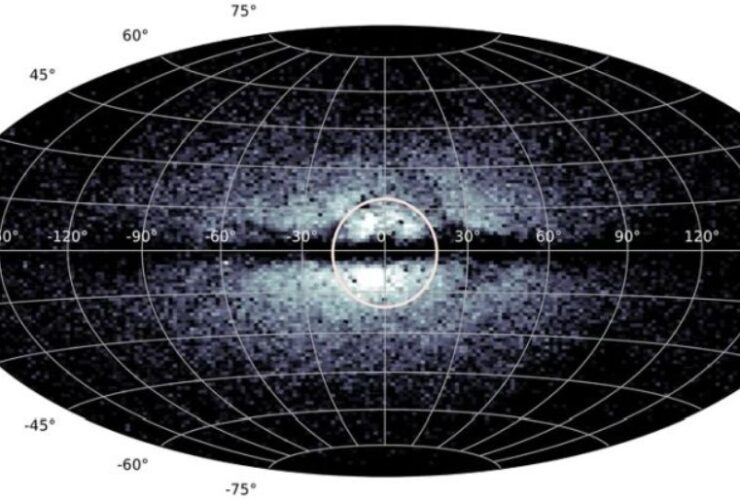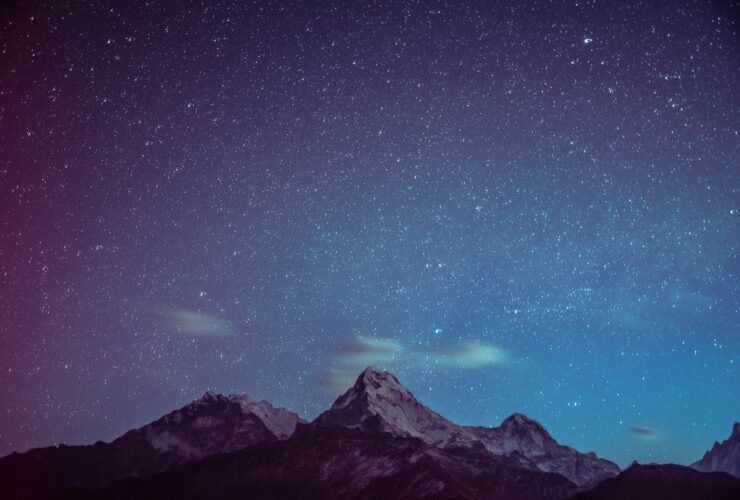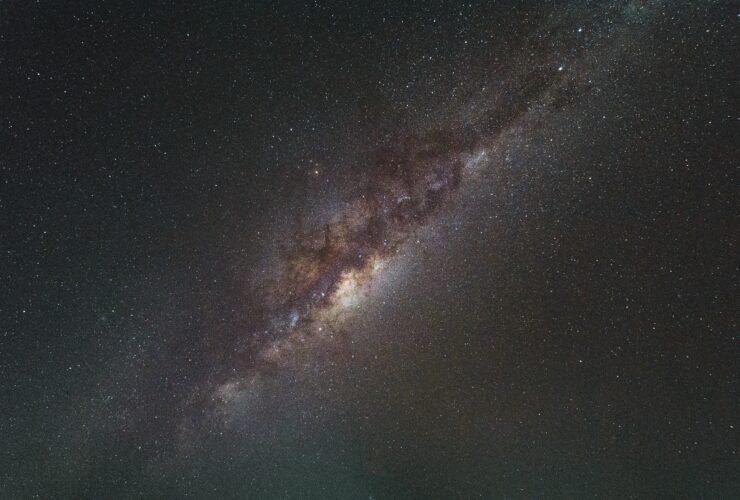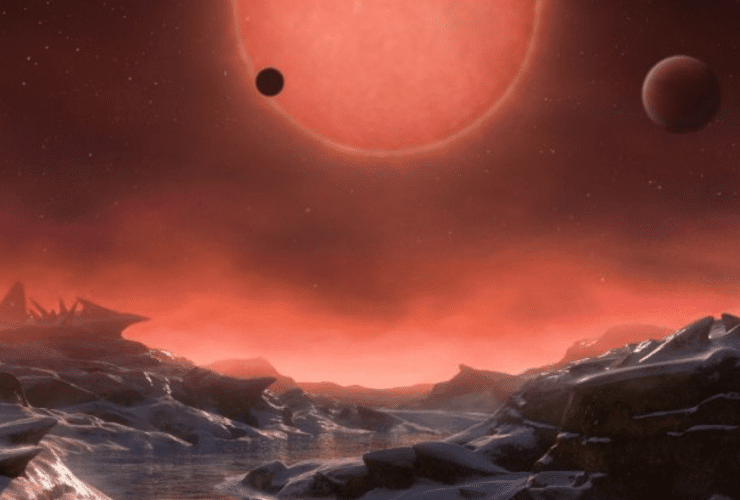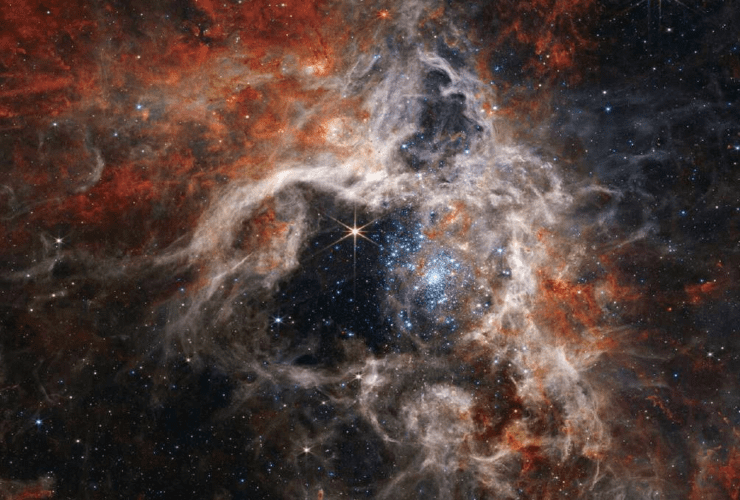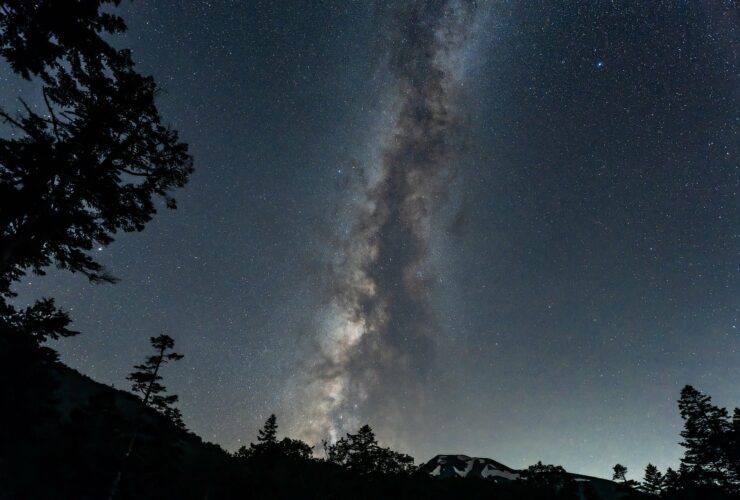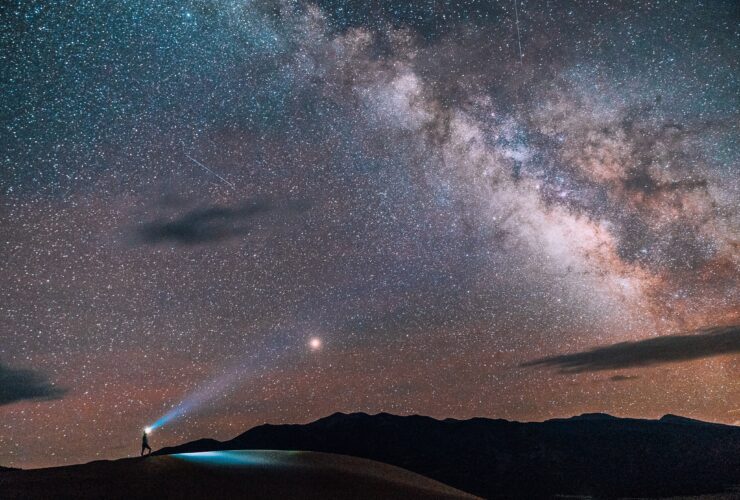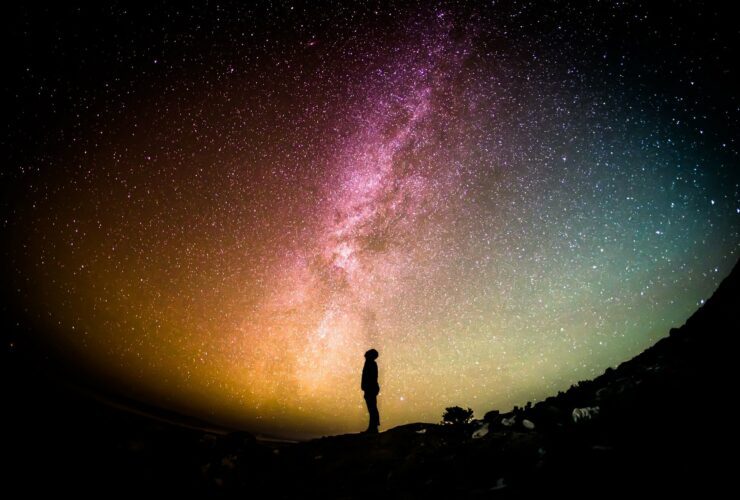The relics of the old galactic core, when our galaxy was still young, are a scattering of stars dispersed across the Milky Way’s center. Astronomers now have proof of that, and it is genuinely incredible! A team of astronomers had ...
An undiscovered region of space called the “zone of avoidance” is the location of a galaxy cluster recently found by astronomers. About 10–20 percent of the night sky is blank, like a phantom zone, according to IFL Science. Its proximity ...
In recent years, cutting-edge telescopes around the world have spotted hundreds of gold-rich stars. These rich in gold stars likely originated in progenitor galaxies, smaller galaxies that combined to become our Milky Way, as shown by the most detailed models ...
According to a recent survey of exoplanets around red dwarf stars, there’s a rise in the population of water worlds. Apparently, we may have underestimated how much wetter the Milky Way galaxy is. What’s more curious is that the newly ...
NASA’s James Webb Space Telescope has captured a spooky giant space tarantula, where the biggest and hottest stars live. The Tarantula Nebula, aka 30 Doradus, is actually known as the ‘brightest star-forming place in the galaxies nearest our galaxy,’ according ...
Here’s a mind-blowing fact that we need to deal with: if our planet had been located close to or in the Milky Way galaxy’s core, the entire sky would have been shining permanently. There would be no such thing as ...
A team of researchers has discovered the building elements of RNA in our galaxy. Frontiers in Astronomy and Space Sciences published their results. Astronomers found some of these building pieces in a cloud located near the core of our galaxy, ...
The Sagittarius A* supermassive black hole located at the heart of our Milky Way galaxy is a true two-edged cosmic sword. While anything that gets too close will be trapped for eternity, the black hole also has the beneficial roles ...
Milky Way is just one out of countless other galaxies in the Universe. But even so, astronomers can have numerous stars and planets worth exploring. Hopefully, NASA’s James Webb Space Telescope will help the world study those remote worlds in ...
Astronomers know very well that our Milky Way galaxy is teeming with stars, planets, black holes, and other cosmic objects. But still, they sometimes remain speechless by new mysterious structures that they have trouble trying to understand. ScienceAlert.com brings the ...

